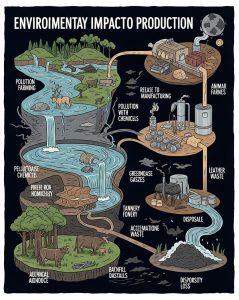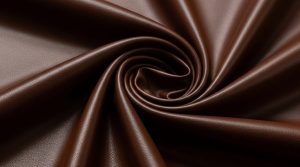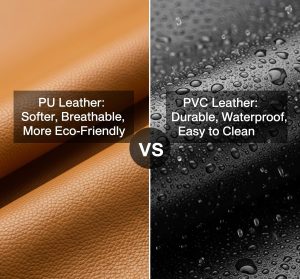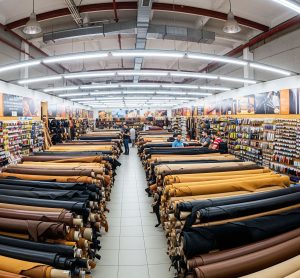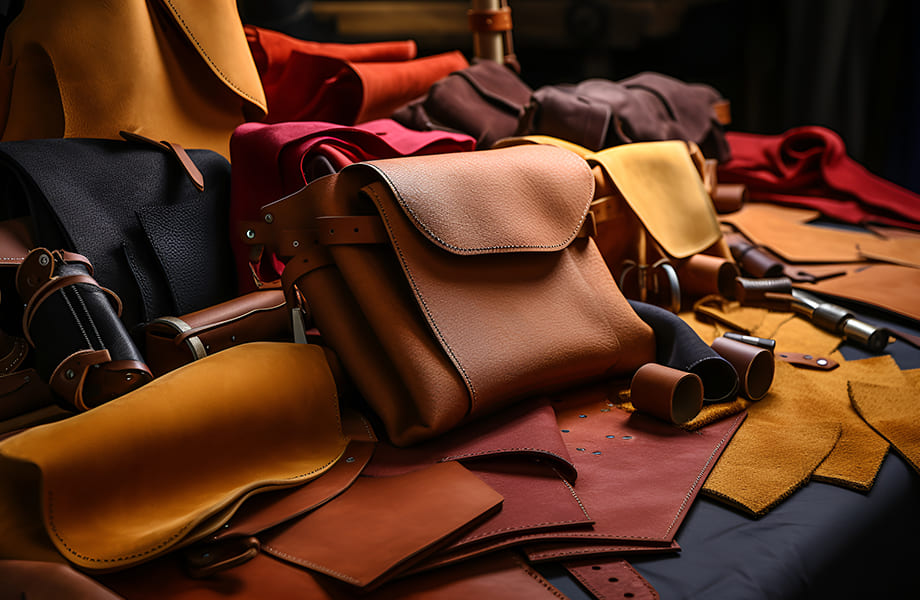
지금까지 PU 가죽은 전통적인 가죽의 대안으로 떠오르고 있습니다. 폴리우레탄 가죽의 줄임말인 이 합성 소재는 천연 가죽의 고급스러운 외관과 느낌을 살리면서도 더 저렴하고 잔인하지 않은 것이 특징입니다. 그렇다면 PU 가죽이란 무엇이며 왜 이렇게 인기를 얻게 되었을까요? PU 가죽의 기원과 생산 공정, 실제 적용 사례를 살펴보고 그 장점과 환경에 미치는 영향을 둘러싼 논쟁을 조명해 보겠습니다. 패션 애호가, 의식 있는 소비자 또는 단순히 이 다재다능한 소재에 대해 궁금한 분들을 위해 PU 가죽에 대한 이야기를 풀어보고 다양한 산업에서 왜 이 소재가 선택되는지 알아보세요.
PU 가죽 의미
폴리우레탄 가죽의 줄임말인 PU 가죽은 진짜 가죽의 모양과 촉감을 모방한 합성 소재입니다. 동물 가죽으로 만든 기존 가죽보다 더 저렴하고 동물 친화적인 대안을 제공하기 위해 만들어졌습니다. PU 가죽 은 신발, 재킷, 가방과 같은 패션 아이템은 물론 가구와 자동차 인테리어에도 자주 사용됩니다. 다재다능함과 저렴한 비용으로 많은 산업 분야에서 인기를 얻고 있으며, 소비자에게 높은 가격 부담 없이 스타일리시한 옵션을 제공합니다.
PU 가죽이란 무엇이며 왜 중요한가?
PU 가죽은 일반적으로 폴리에스테르나 면과 같은 천에 폴리우레탄 층을 코팅하여 만듭니다. 이 과정을 통해 가죽과 같은 외관을 가지면서도 완전히 합성 소재입니다. PU 가죽이 중요한 이유는 진짜 가죽에 비해 잔인하지 않고 환경 친화적이기 때문입니다. 진짜 가죽을 생산하려면 동물 사육과 가혹한 무두질 화학 물질이 필요하지만, PU 가죽은 이러한 윤리적 문제를 줄여줍니다. 하지만 폴리우레탄의 생산에는 화석 연료가 사용되기 때문에 환경에 미치는 영향에 대한 논란은 여전히 존재합니다. 그럼에도 불구하고 PU 가죽의 장점은 다음과 같습니다. 지속 가능성 그리고 비용도 매력적인 옵션입니다.
PU 가죽 설명: 생산에서 실용성까지
PU 가죽 생산에는 여러 단계가 포함됩니다. 먼저 면부터 내구성이 강한 합성 섬유까지 다양한 기본 원단을 선택합니다. 그 다음, 원단에 폴리우레탄을 발라 가죽과 같은 질감과 외관을 만듭니다. 다양한 마감, 색상 및 처리를 추가하여 소재의 외관과 내구성을 향상시킬 수 있습니다. 실용성 측면에서 PU 가죽은 가볍고 세척이 쉬우며 물과 얼룩에 강합니다. 하지만 시간이 지남에 따라 푸른 녹이 생기는 진짜 가죽만큼 우아하게 노화되지 않을 수 있습니다. 그럼에도 불구하고 내구성이 뛰어나고 관리가 간편하기 때문에 PU 가죽은 일상적인 사용에 실용적인 선택입니다.
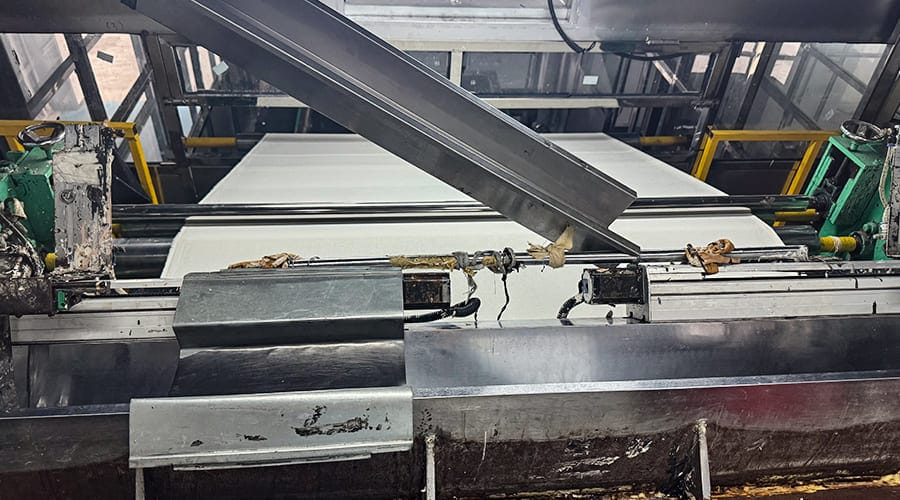
PU 가죽 해독하기: 천연 가죽을 대체하는 친환경적인 대안
PU 가죽, 즉 폴리우레탄 가죽이 천연 가죽을 대체할 수 있는 친환경 소재로 인기를 얻고 있습니다. 동물 가죽으로 만들어지고 종종 환경에 해로운 태닝 공정을 거치는 기존 가죽과 달리 PU 가죽은 완전히 합성 소재입니다. 일반적으로 폴리우레탄 층으로 코팅된 폴리에스테르와 같은 패브릭 베이스를 사용하여 제작됩니다. 이러한 합성 소재의 특성상 동물성 제품을 사용할 필요가 없어 가죽 생산과 관련된 윤리적, 환경적 문제를 줄일 수 있습니다. 지속 가능성 측면에서 PU 가죽은 자원 집약적이지 않은 옵션을 제공하므로 친환경 동물 학대를 유발하지 않으면서 스타일리시하고 내구성이 뛰어난 소재를 찾는 의식 있는 소비자를 위한 선택입니다.
PU 가죽이란? 가죽의 매력과 장점에 대해 자세히 알아보기
PU 가죽은 경제성, 다용도성, 관리의 용이성으로 인해 폭넓은 매력을 지니고 있습니다. 높은 비용 없이도 진짜 가죽의 고급스러운 외관과 느낌을 제공합니다. 이 때문에 패션, 자동차, 가구와 같은 산업에서 PU 가죽은 인기 있는 소재입니다. PU 가죽의 장점은 미적 감각 그 이상입니다: PU 가죽은 내구성이 뛰어나고 가벼우며 물과 얼룩에 강해 일상적으로 사용하기에 적합합니다. 또한 유지 관리를 위해 특수 제품이 필요한 정품 가죽보다 세척과 관리가 더 쉽습니다. 하지만 PU 가죽은 시간이 지남에 따라 정품 가죽과 같은 파티나가 생기지는 않지만, 오래 지속되는 특성과 윤리적인 이점으로 인해 다양한 용도에 실용적이고 스타일리시한 대안이 될 수 있습니다.
결론 PU 가죽 - 스타일, 윤리, 실용성의 균형을 맞춘 현대적인 솔루션
지속 가능성과 윤리가 소비자 선택에 중요한 역할을 하는 오늘날의 세계에서 PU 가죽은 스타일, 경제성, 실용성의 균형을 맞추는 현대적인 솔루션을 제공합니다. 진짜 가죽을 대체할 수 있는 잔인하지 않은 대안으로, 미적 감각이나 기능성을 희생하지 않으면서 환경에 미치는 영향을 줄이려는 사람들에게 어필할 수 있습니다. 진짜 가죽의 자연스러운 노화 특성은 없지만 내구성이 뛰어나고 유지 관리가 쉬우며 일상적인 마모에 강하기 때문에 다양한 산업 분야에서 매력적인 선택이 되고 있습니다. 혁신으로 소재가 계속 개선됨에 따라 PU 가죽은 소비자와 제조업체 모두에게 미래 지향적인 옵션으로 자리 잡으며 친환경 패션과 디자인의 미래를 만들어가고 있습니다.




